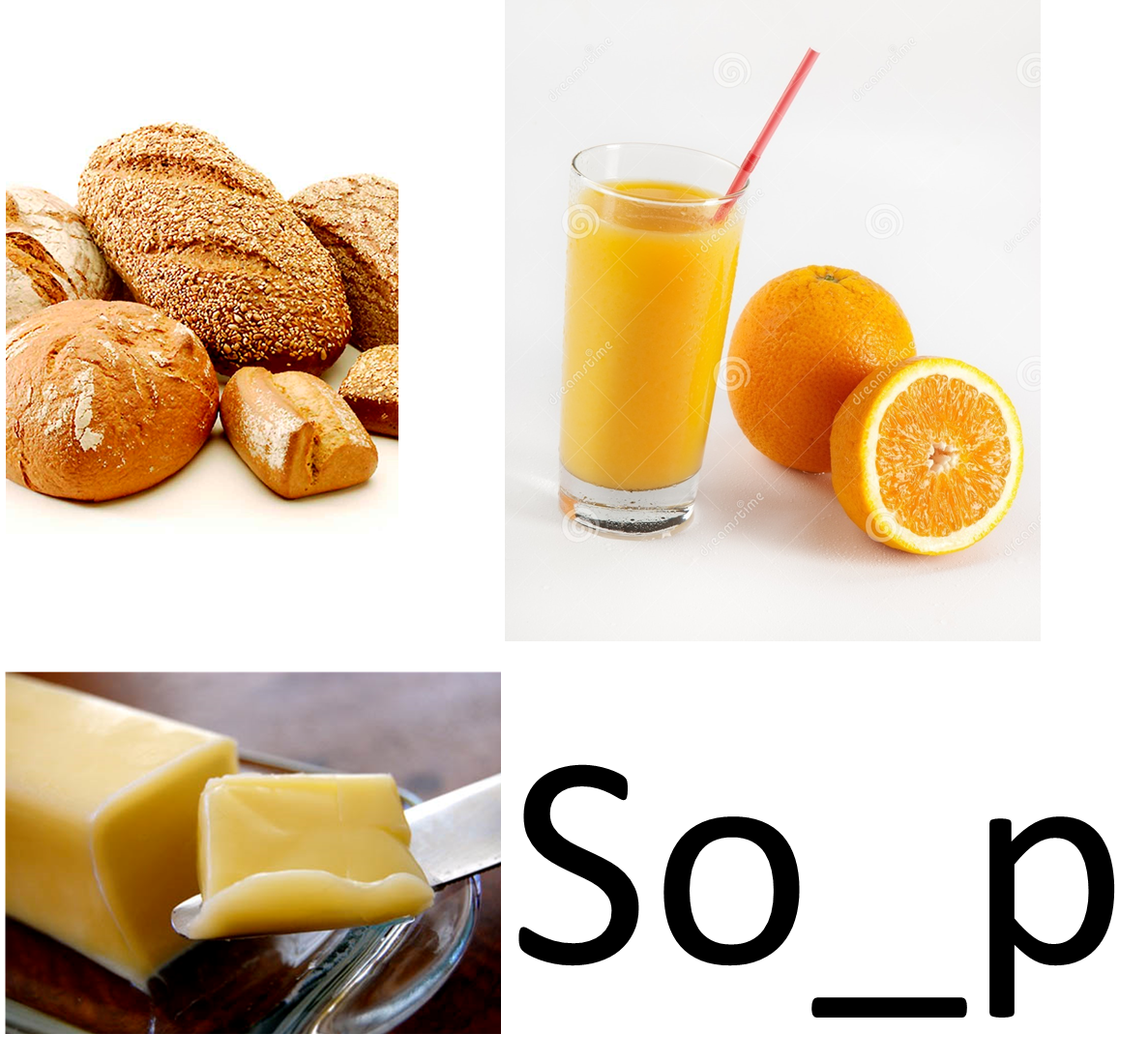09 Sep 2014
By Belle
Which comes first, the thought or the action?

Have you ever noticed how thinking about a boring chore can make it much harder to get up out of your chair and do it, but if you just jump up and do it before you have time to think it through, it's somehow easier? Sometimes our thoughts can hold us back and we can get more done if we just act without thinking things through first.
Of course, sometimes we act and then realise we probably should have thought that through first.
The funny thing is, our thoughts are influenced more than we realise. Our actions, and the actions of others, can influence how we think. And even the colours and images we see around us can change how we think and behave. It's a crazy world out there when you realise how little we're in control of our own minds.
For instance, studies into the priming effect have shown that we can be primed by external stimuli to think—and even act—in a particular way.
Here's an example: if I ask you to complete the missing letter in this word, what would you say it is?
So_p
Now, suppose you saw this image when I asked you to complete the word:

Regardless of what you thought the missing letter was initially, if you saw those images at the same time, you'd be primed by them to be thinking about food, and thus, probably complete the word as "soup".
What about if you saw this image?

If this was your first impression of the exercise, you'd probably say the missing letter is "a", making the word "soap".
This is how the priming effect works, though it's much more subtle in real life. For instance, studies have found that we can be primed by seeing money, which makes us less likely to help others, or primed by seeing pictures of eyes looking at us, which makes us more likely to be honest.
We can even prime our own thoughts without realising. Thinking about something we're ashamed of will make us more likely to be drawn to cleanliness—for example, buying cleaning products, or completing the word w__h as "wash", rather than "wish".
Making decisions is one of the areas you'd think we're most in control of our thoughts, but yet again there's more to it than we'd like to think. Being hungry or thirsty can make us take bigger risks, since the desire we feel spills over to our brain's decision-making centres.
But having a full bladder actually helps us with self-restraint in our choices. The feeling of self-control from holding onto a full bladder spills over and makes us more likely to employ self-control in our decisions.
And even leaning to the left can influence the choices we make. One study found that when partipants were forced to lean slightly to the left (while being told their posture was straight) they answered questions with smaller estimate numbers—which relates to the way we mentally represent smaller numbers to the left, and bigger numbers to the right.
So what about our actions—how do they influence our thoughts? To start with, other people's actions can influence our thoughts. We take in the actions and gestures we see others making, and they affect how we think, and even how well we learn. Children learn better when teachers make gestures as they explain things. Not only that, but when the gesture actually suggests a different problem-solving strategy than the teacher's words do, children learn better.
That one sounds odd, I know. Here's an example to make it more clear (though it's still surprising):
...for the problem 6+4+3=__+3, the teacher said, "we can add 6 plus 4 plus 3 which equals 13; we want to make the other side of the equal sign the same amount and 10 plus 3 also equals 13, so 10 is the answer" (an equivalence strategy), while pointing at the 6, the 4, and the left 3, and producing a take-away gesture near the right 3 (an add-subtract strategy).
Compared to when the teacher's gesture matched their words, or when they used no gesture at all, children learned best with this mismatched approach.
When children made their own gestures, their learning also improved. Moving their hands to suggest how they would solve a spatial problem before attempting it led to better results when solving the problem. Gesturing when explaining a problem can also open up new ways for solving it that the child wouldn't otherwise think of.
When we explain something to others using gestures, we reinforce the way we think about whatever our gestures represent. Subconsciously, we add all kinds of information to our explanation through our use of actions and gestures. For instance, using two hands to signify a heavy object. If we're later faced with that same object, now much lighter, our brain will be thrown off because we've subconsciously told it to expect a heavy object that requires two hands to move.
While we often don't realise how much we're influencing our own thoughts with our actions, we can do this on purpose as well. Simply imagining ourselves performing an action can change the expectations we have of ourselves. And as silly as it sounds, smiling can make you feel happier, and frowning during a medical procedure can make you feel more pain.
Our thoughts and actions are clearly inextricably connected, but at least we can take solace in the ways science has shown that we can affect our own thoughts. Feeling down? Just make your mouth smile and you'll soon feel better.
If you liked this post, you might also like The truth about multitasking
Exist helps you improve what matters to you. Sign up.
Image credits: Shayna Hobbs, Smarty Brain
Subscribe Keep up to date with the Exist blog. Delivered to your inbox.